Little House
My first project ever, planted in 2021. A total renovation of the landscaping in front of the ‘Little House’ at my grandparents’ farmstead. The dry, sunny exposure and deep Loess soils of this Southwest Iowa home accommodate dry-loving species such as Prairie Dropseed, Pale Purple Coneflower, Leadplant, Little Bluestem among others. While the farm is surrounded by crop fields, the planting has attracted many beneficial insects like Monarch Butterflies and other wildlife like birds, Gray Tree Frogs, and even Northern Prairie Skinks.

Tearing out the existing landscaping, which was previously nothing but weeds.

First year, early August

Year 2 - Late July
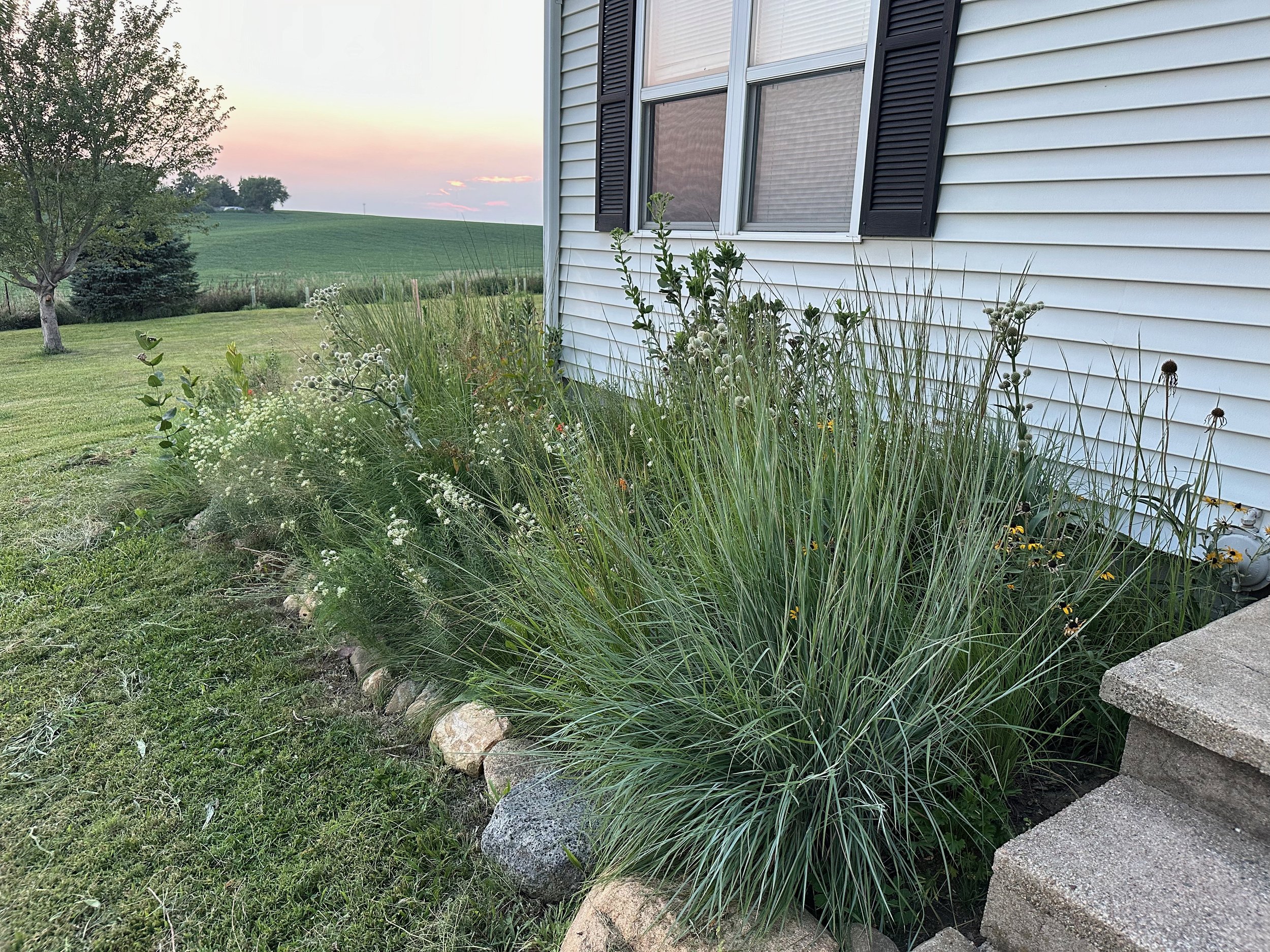
Year 2 - Late July
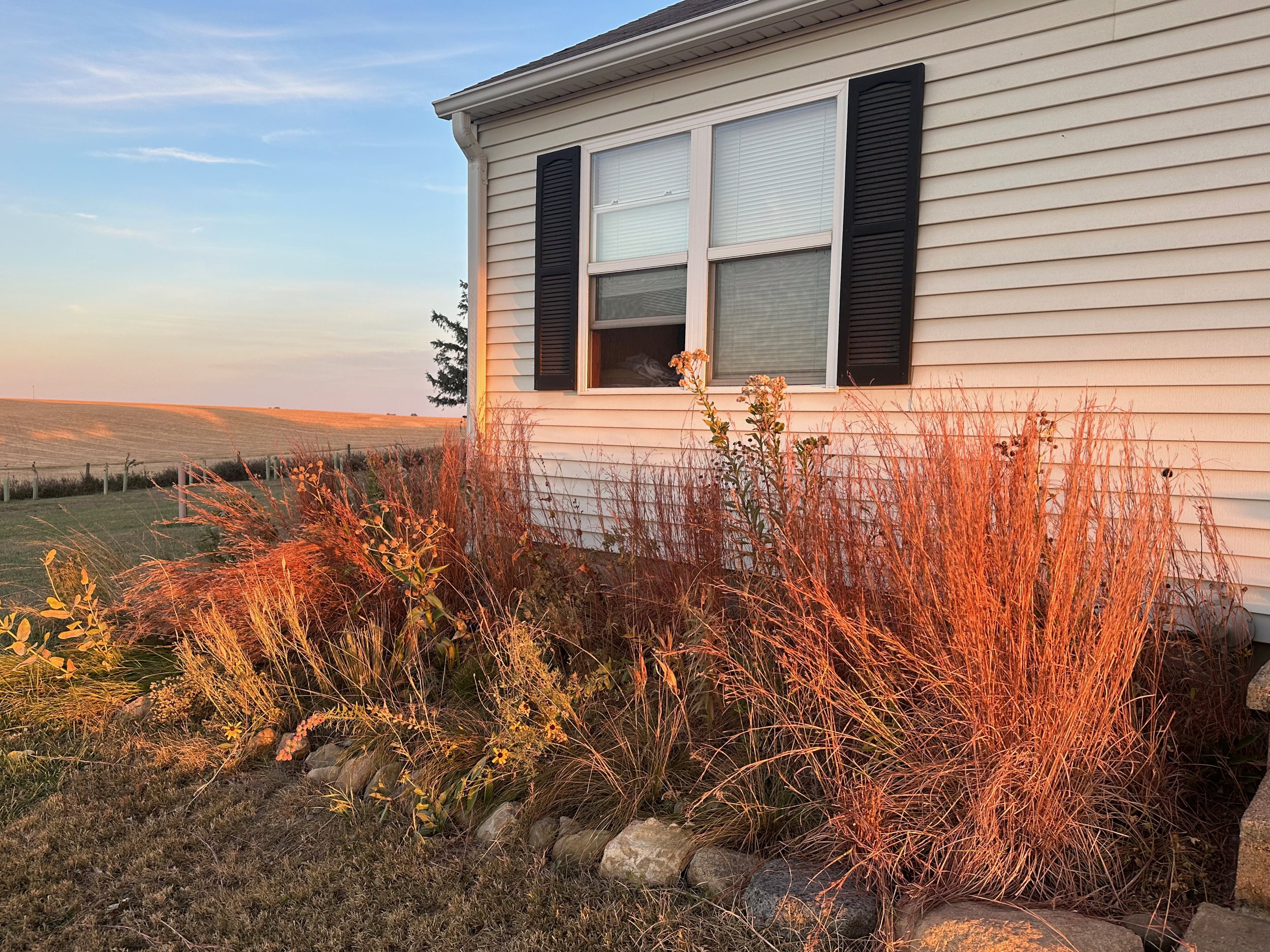
Year 2 - Early October
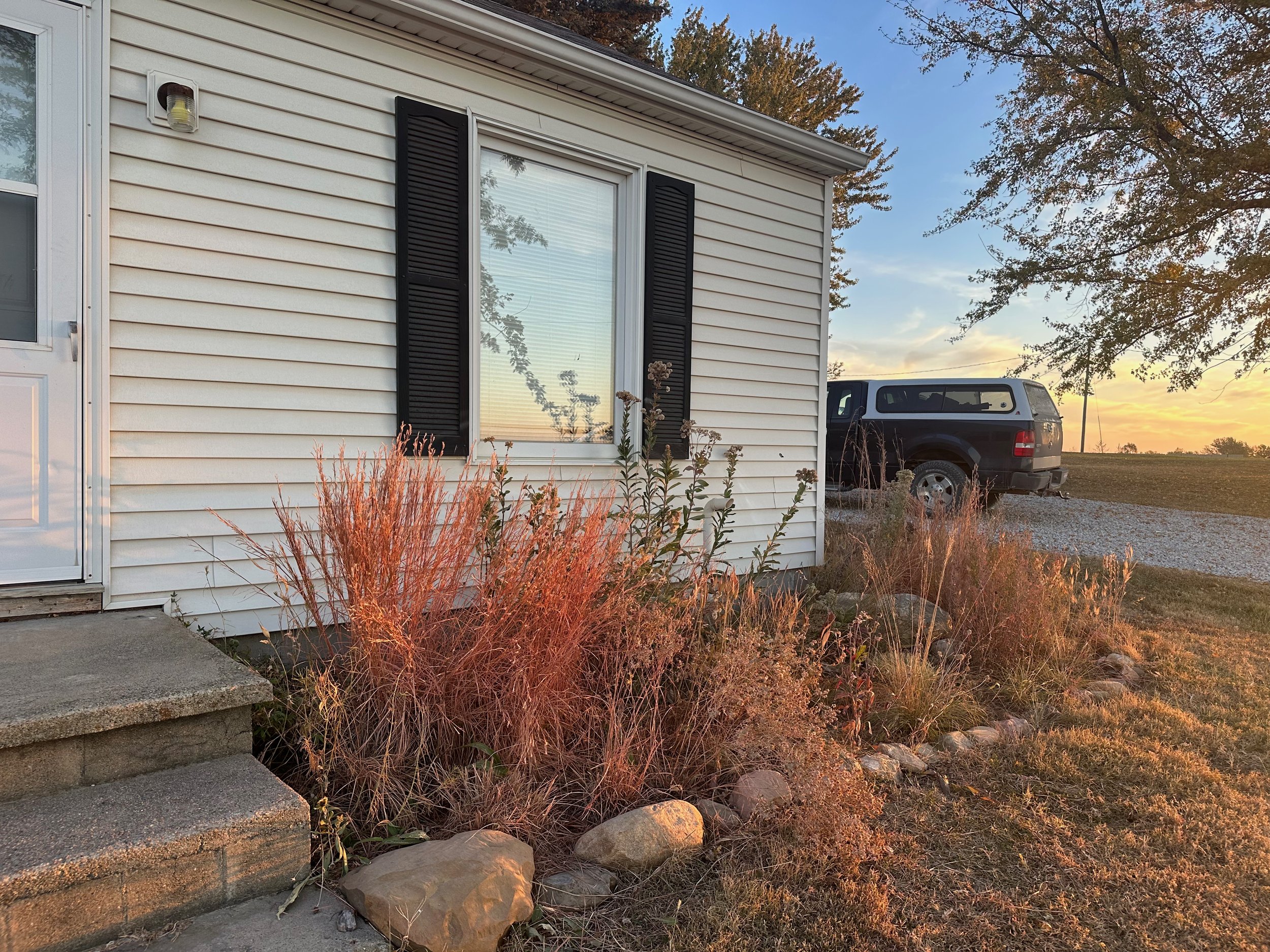
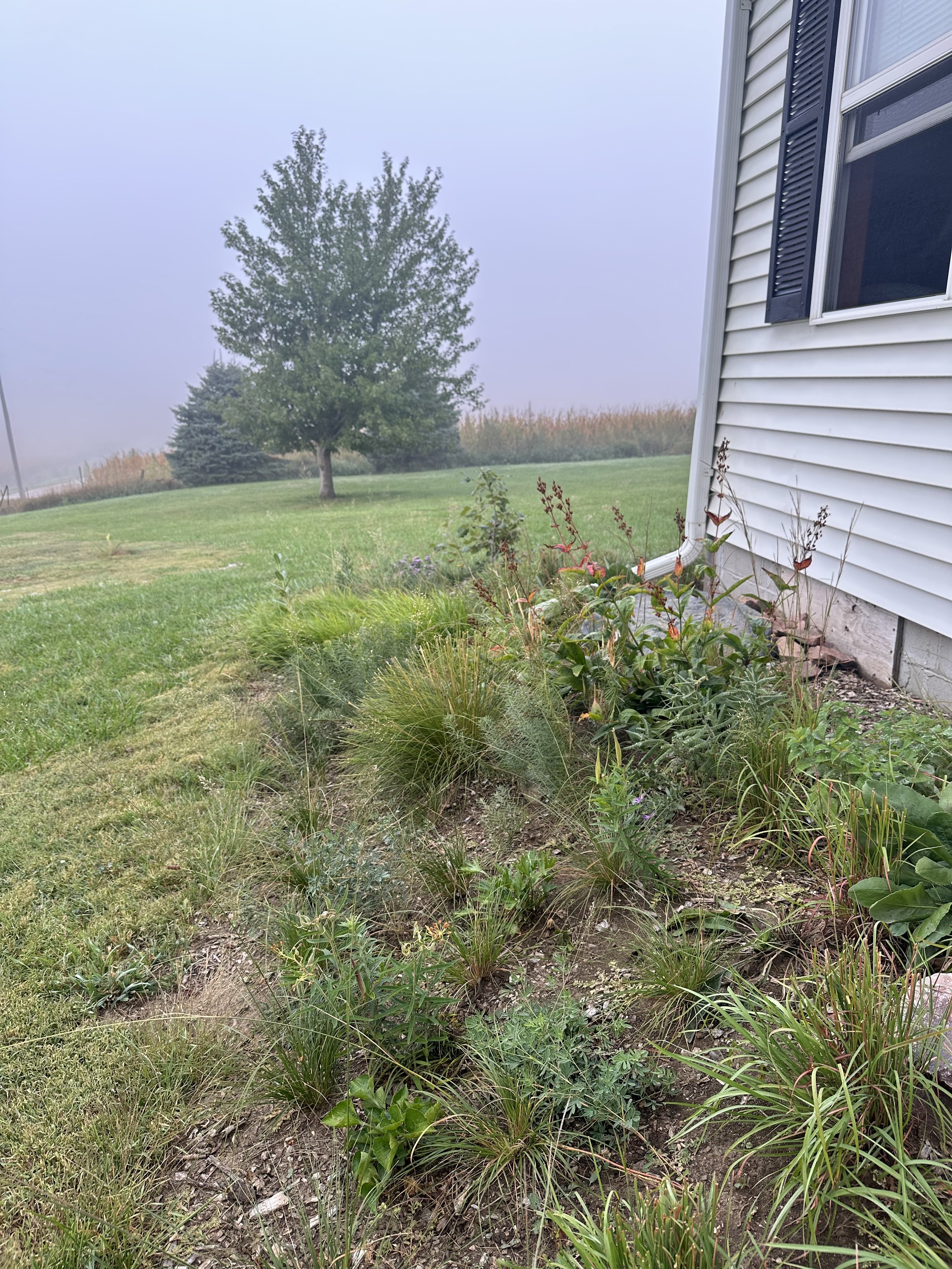
Year 1 - September
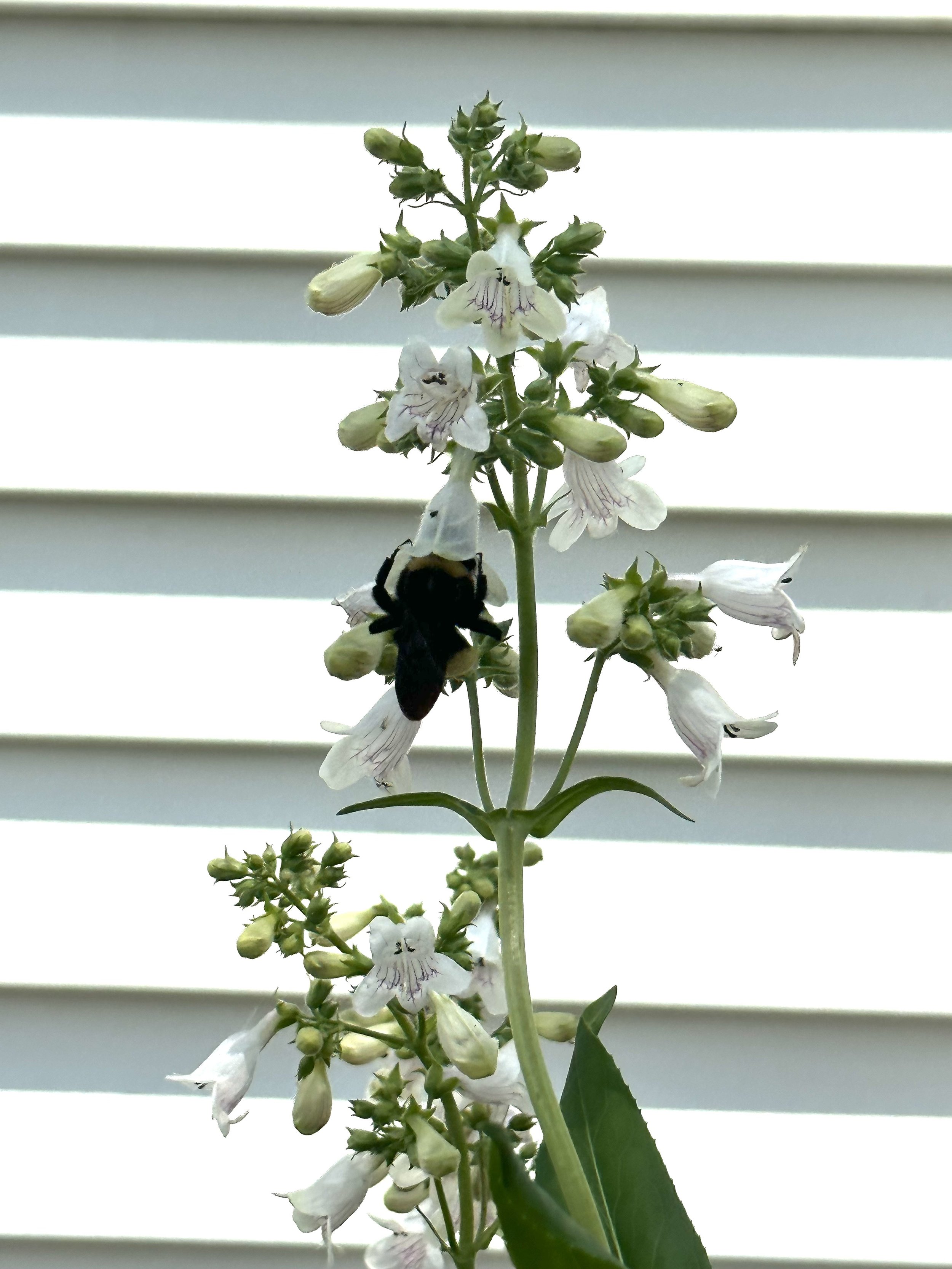
A bumblebee enjoys some early season nectar from a foxglove beardtongue flower (Penstemon digitalis)
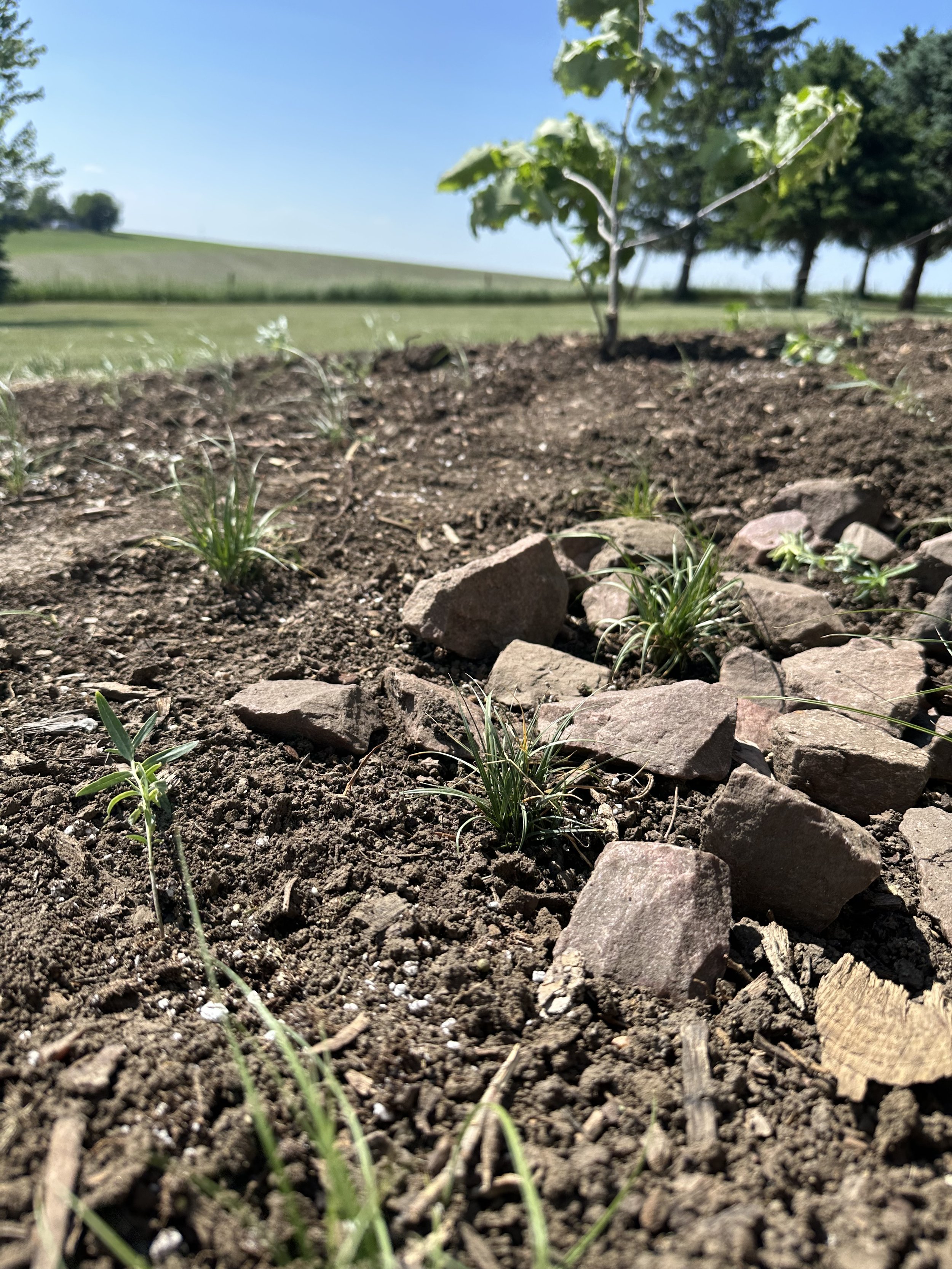
Immediately after planting, the rocks will work with sedges planted around the downspout to resist erosion. The shrub in the background is a Dwarf Chinkapin Oak (Quercus prinoides). It is one of Iowa's only oaks with a shrub like habit, making it ideal for dryer home landscapes and an excellent wildlife plant.
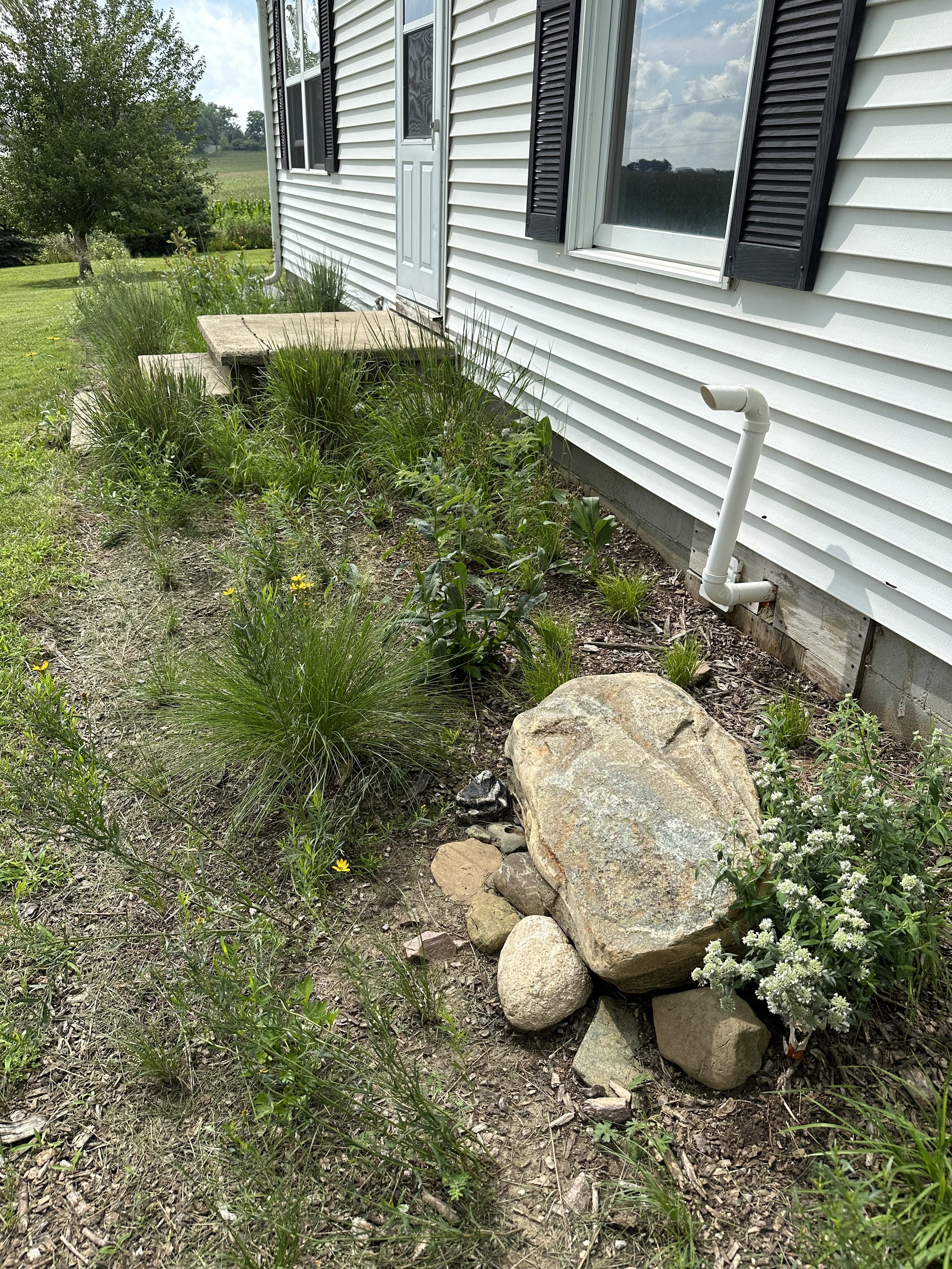
First year of the planting in early August, by this time next year it will be full of blooms
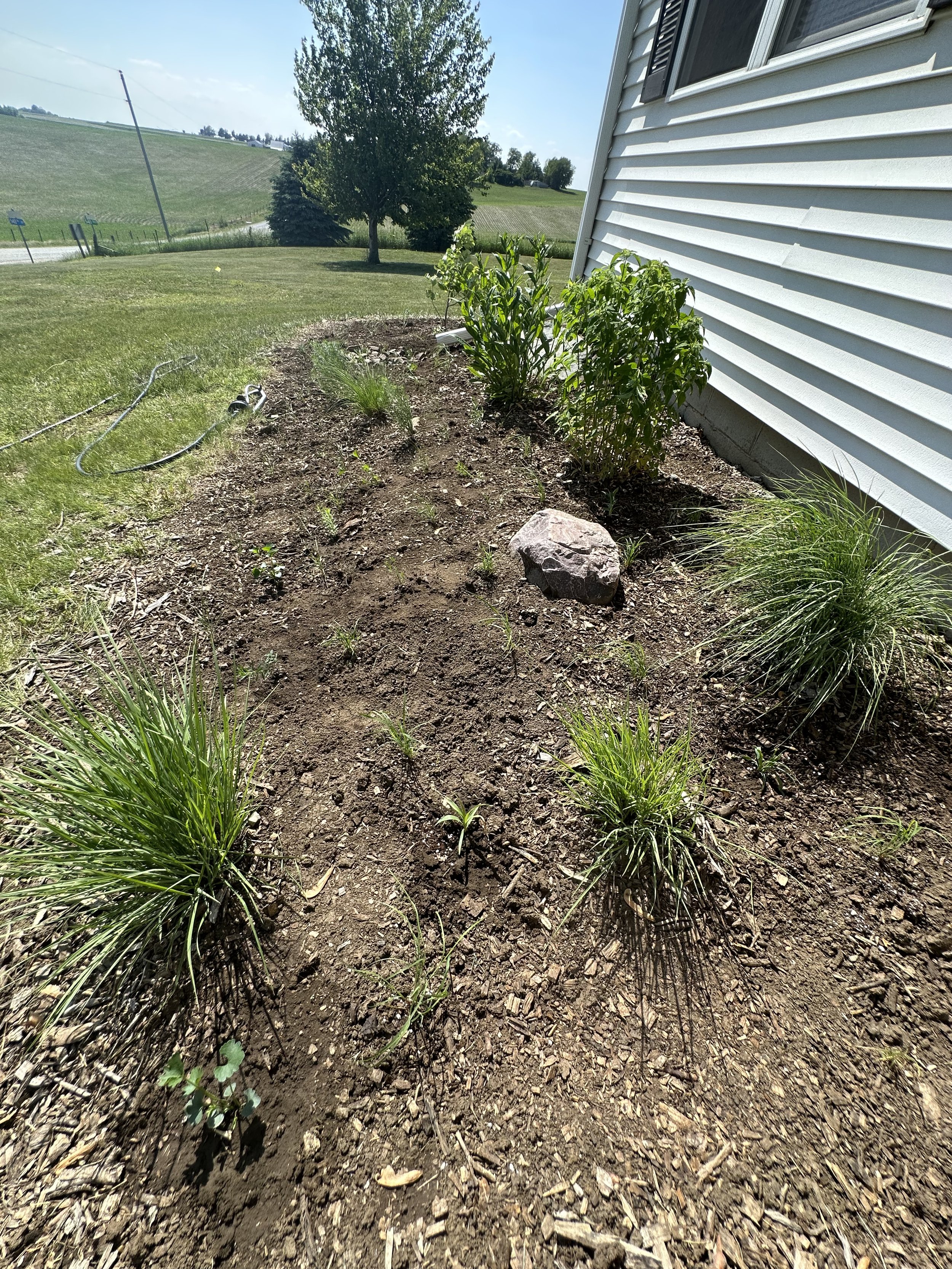
Day of planting, some natives had been planted the year before
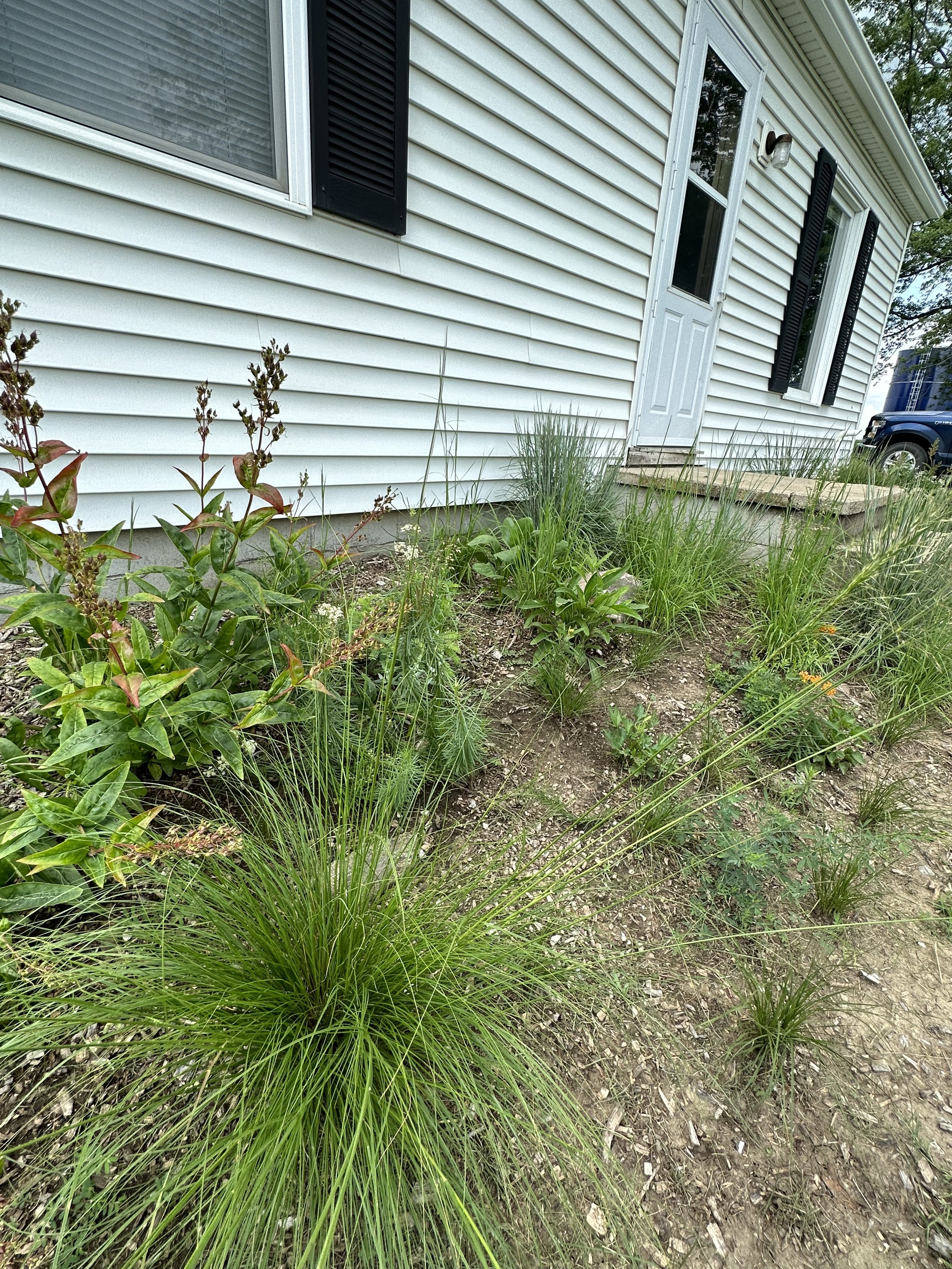
Prairie Dropseed in the foreground, this grass is a favorite for landscaping for it's low height and mounding growth habit.
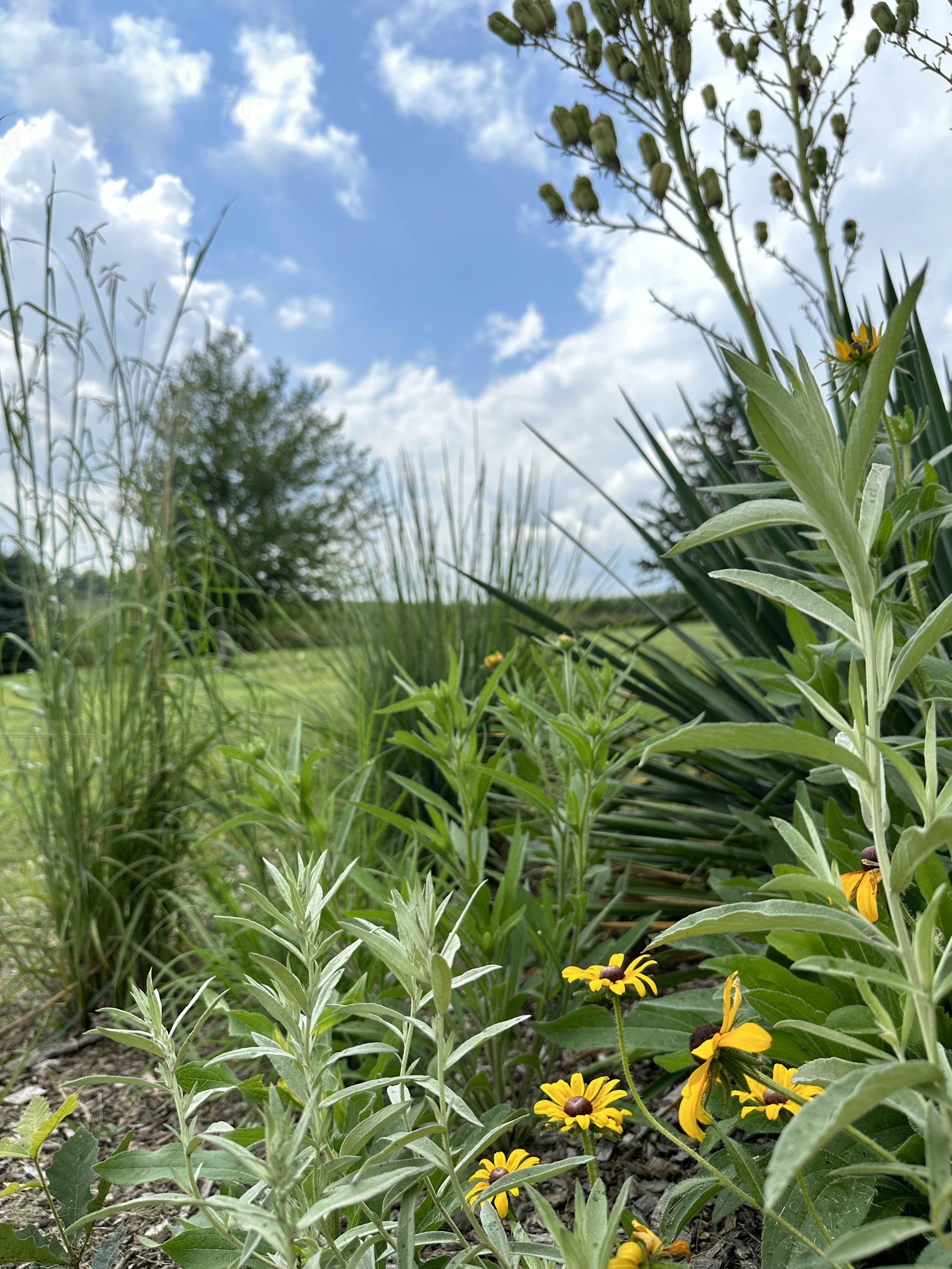
White Prarie Sage (Artemisia ludoviciana) and Black Eyed Susans (Rudbeckia hirta) make for an excellent color combination that lasts much of the season.
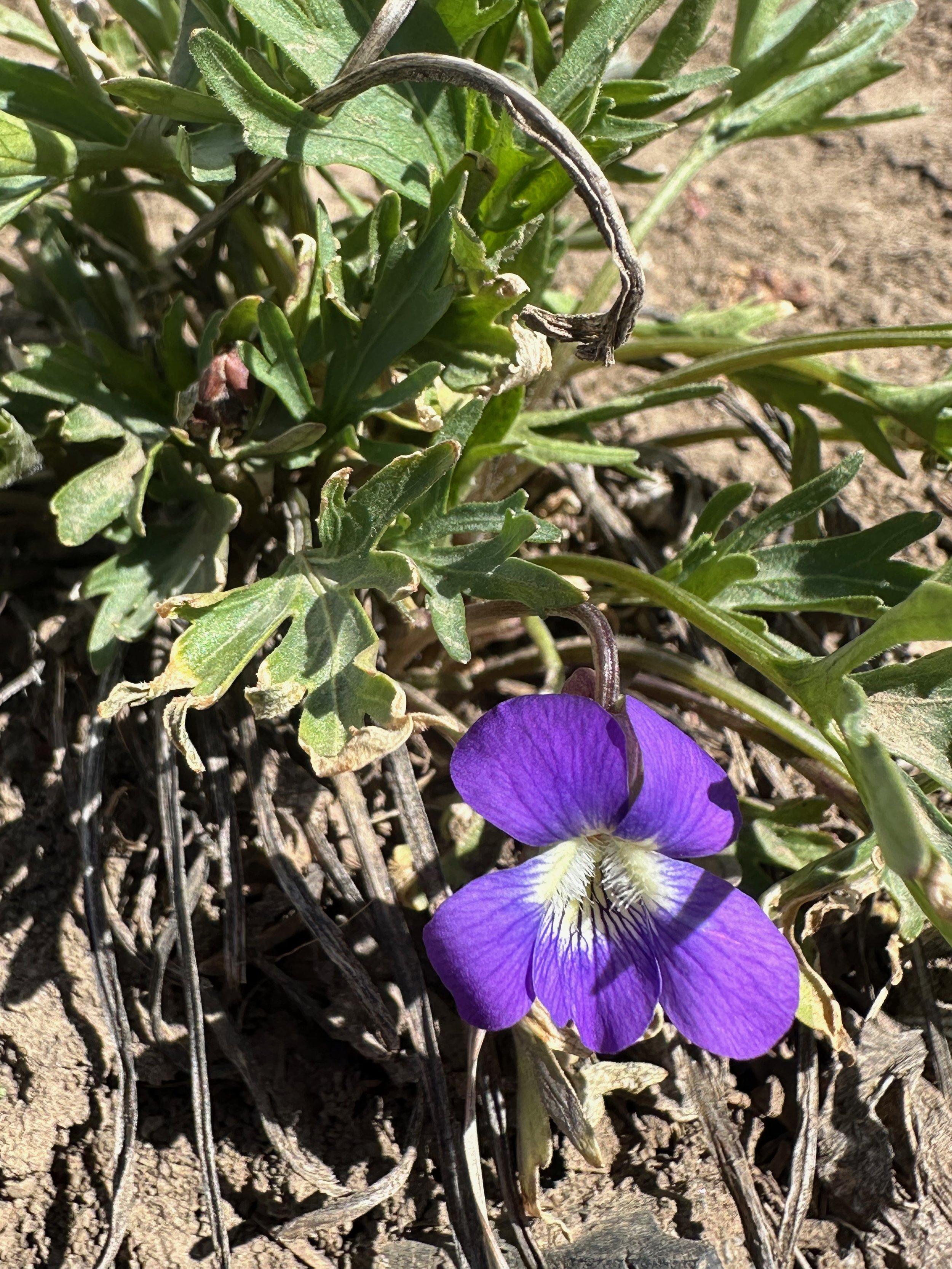
Prairie Violet (Viola pedatafida), larval host for the Regal Fritillary butterfly.
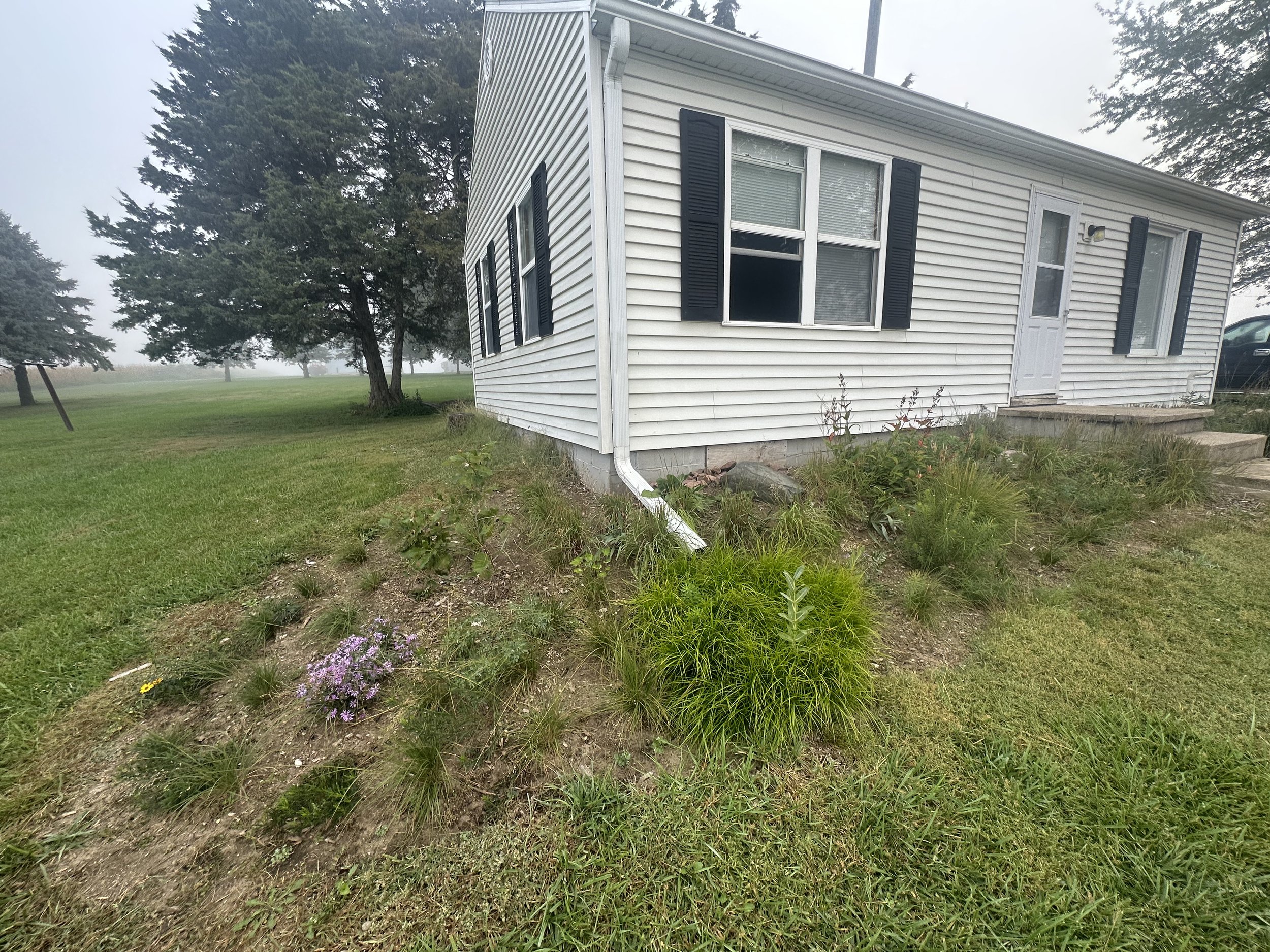
Silky Aster (Aster sericeum) shows off its abundant late season purple bloom in the first year of this planting. Note as well the dense mass of Plains Oval Sedge (Carex Brevior) below the downspout.
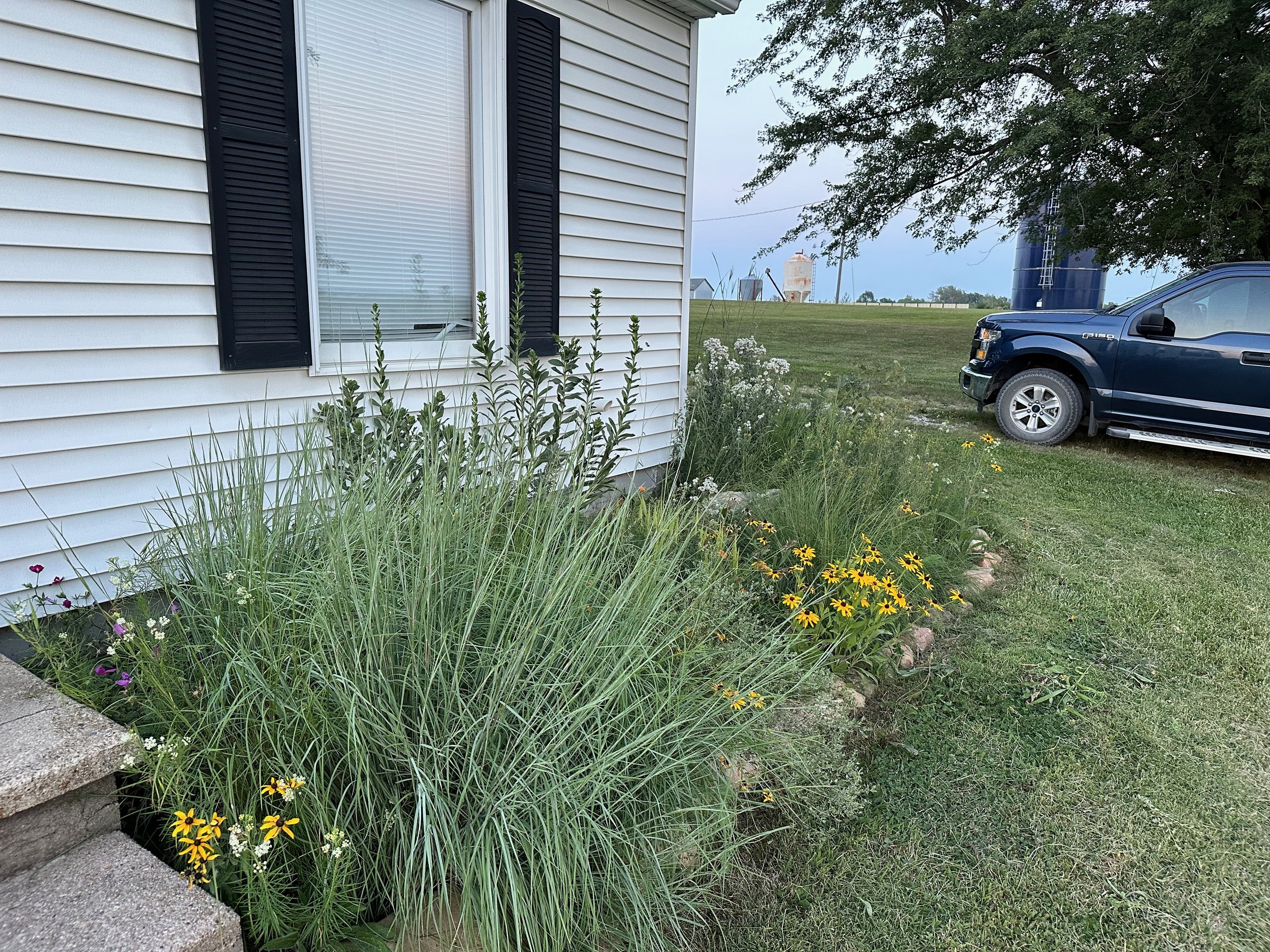

Prairie Milkweed (Asclepias sullivantii). Closely related to Common Milkweed (Asclepias syriaca) but far less aggressive.
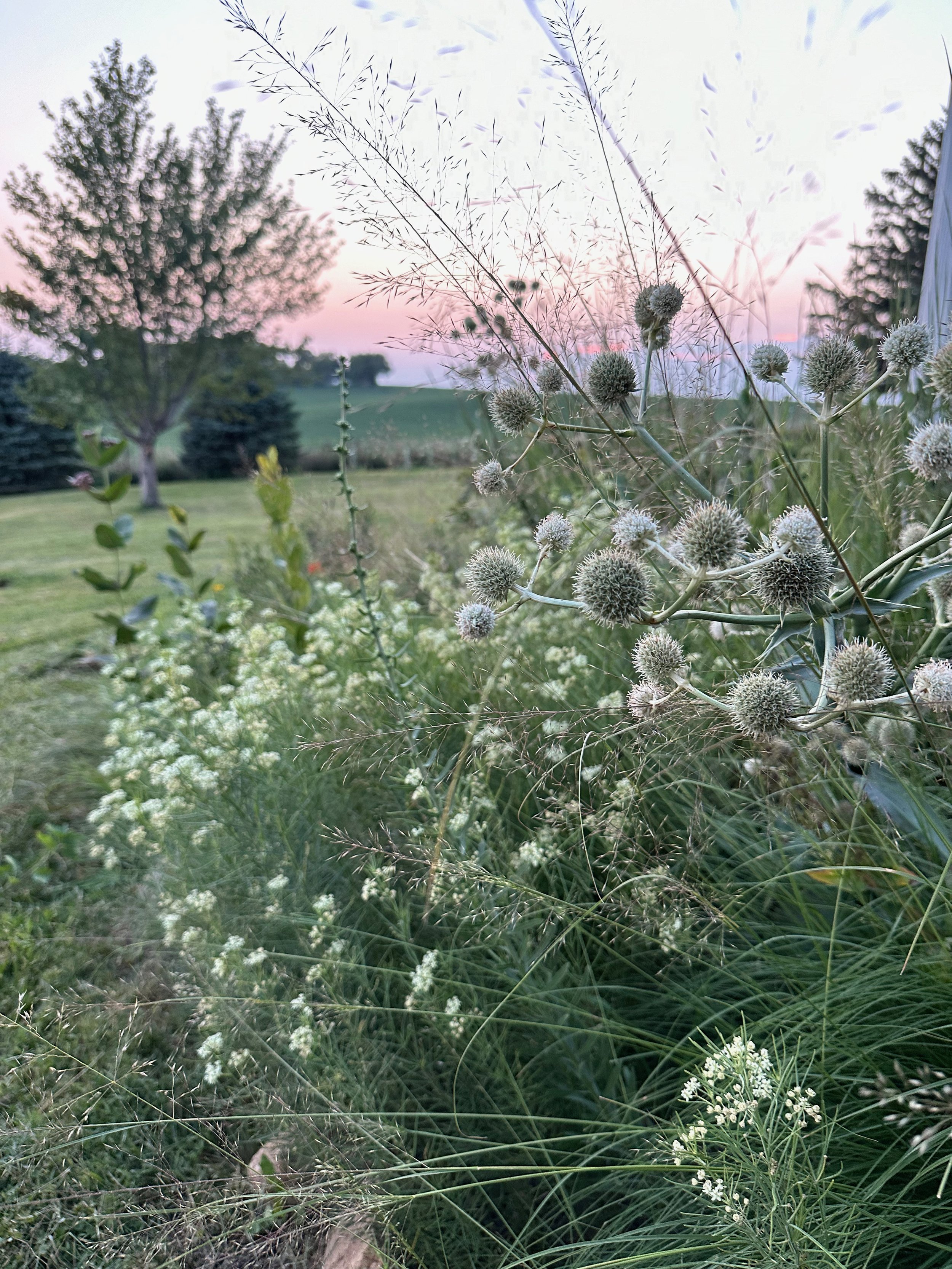
In the foreground: Rattlesnake Master (Eryngium yuccifolium), perhaps one of the strangest looking prairie plants, with leaves that resemble that of a yucca plant. Some of the oldest shoes ever discovered by archaeologists were made with the leaves of the plant.
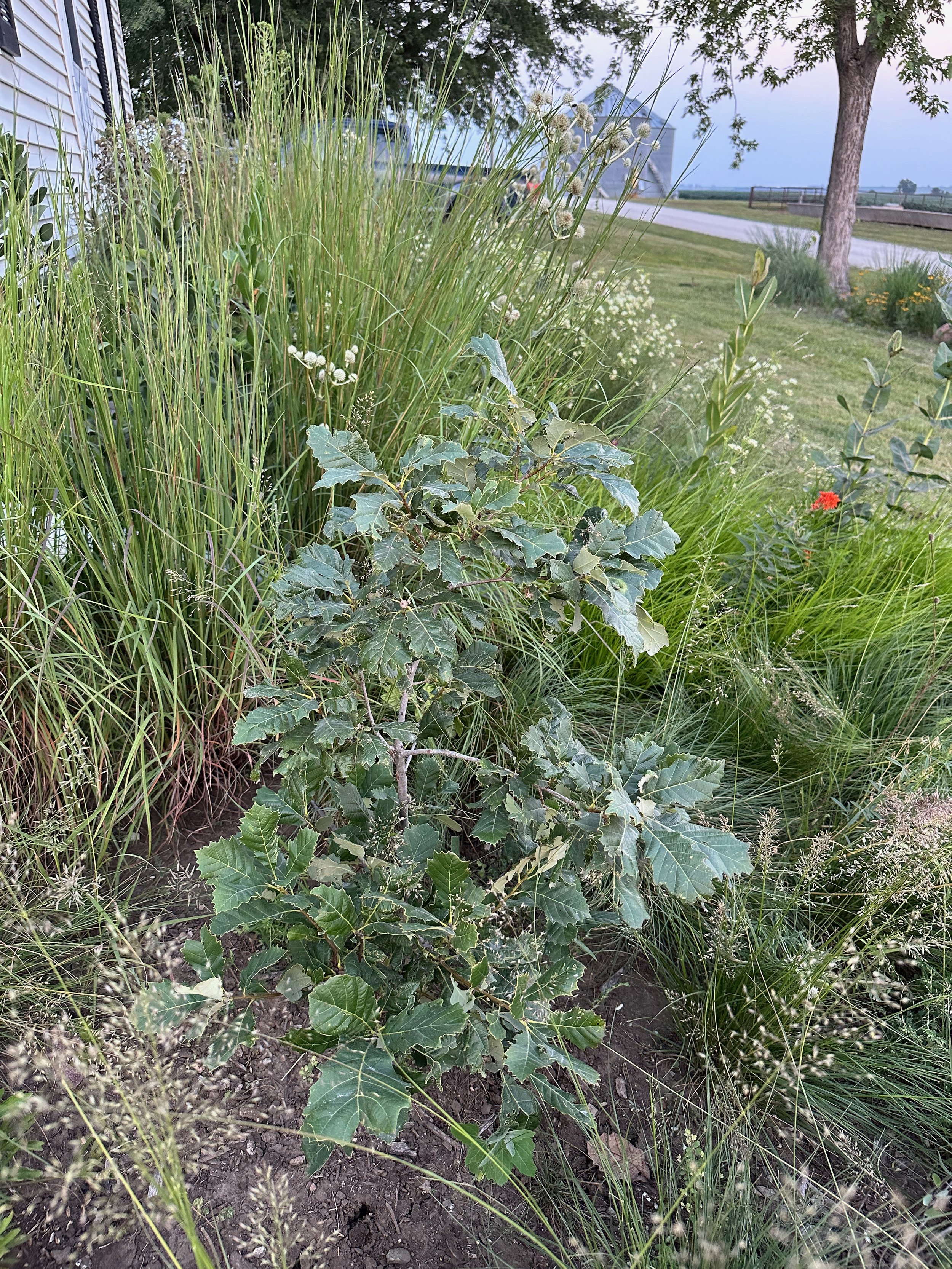
Dwarf Chinquapin Oak (Quercus prinoides), a relatively uncommon species of Oak in Iowa. It can be grown as a small tree or as a multi-stemmed shrub and produces acorns in as little as 3 years.
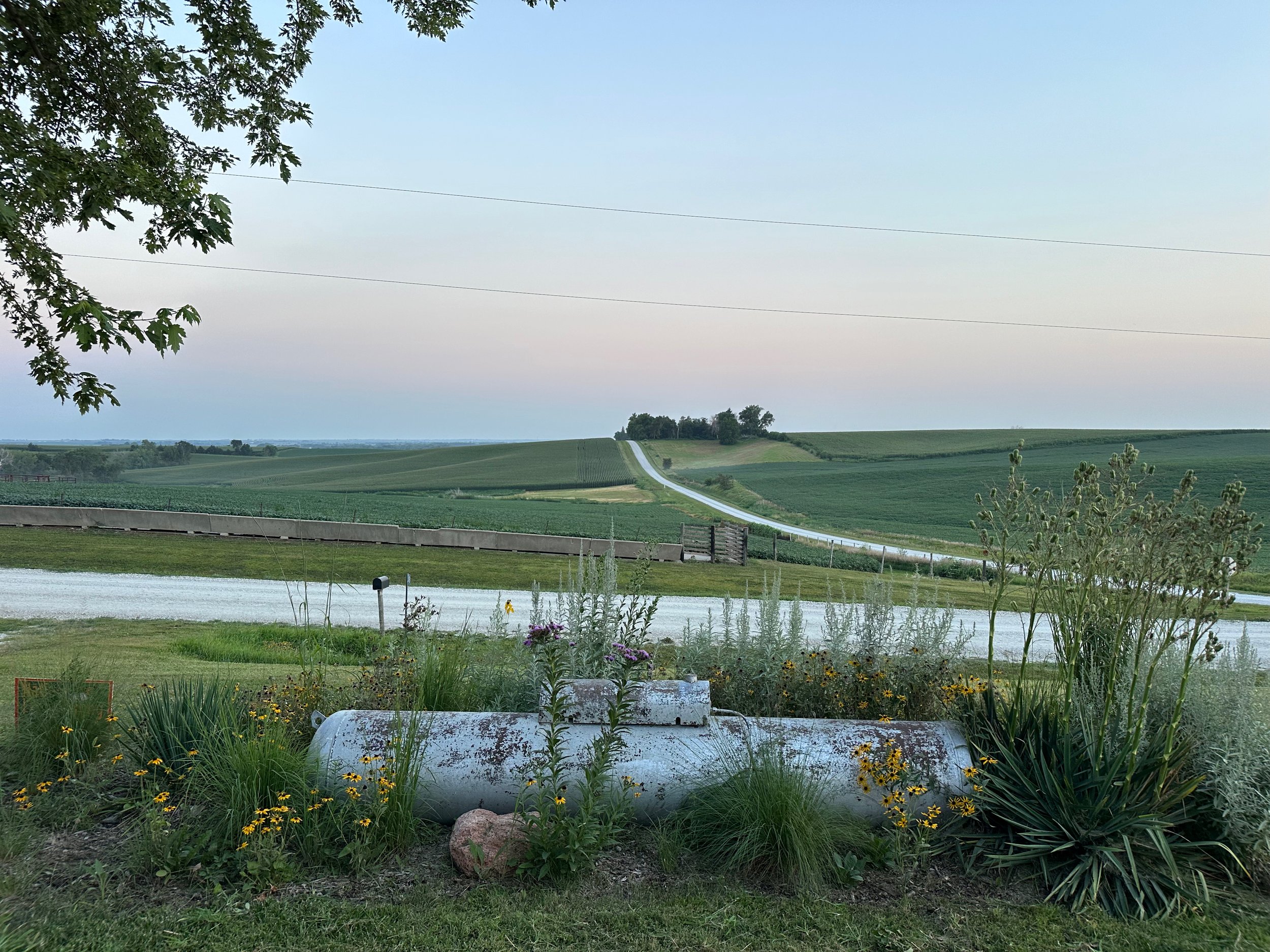
The view from the front step.

